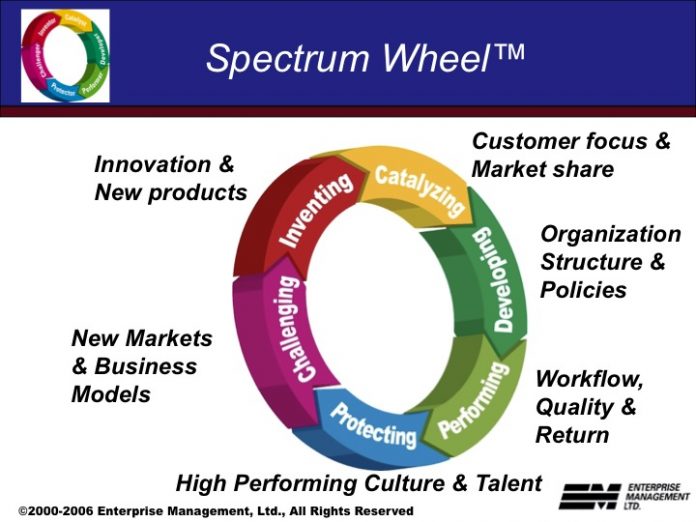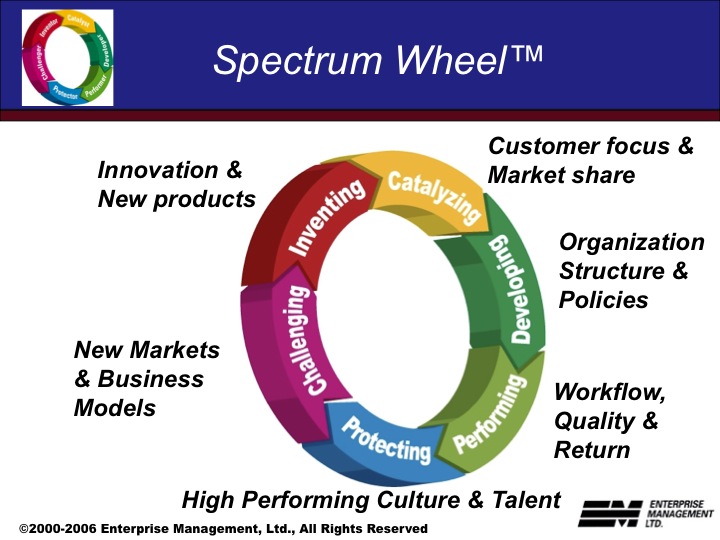
John Dewey, in his 1910 book, “How We Think,” pointed to the need for multidimensional thinking to avoid the “natural reaction.” He suggested that our first reaction to an event or challenge spontaneously surfaces as a “gut” or default response. Wisdom surfaces after we decide what to add to our early reaction.
An analytical process is critical in discovering novel vantage points to understand new complex situations. At the famously innovative Xerox PARC lab, it was said that “a point of view is worth 80 IQ points.”
The fact that we live in a turbulent world makes things even more difficult. Today’s careful analysis may no longer be relevant in another few months. Or, as Einstein suggested, “The answers keep changing.”
Before Making Up Our Minds
We are all under pressure to “make up our minds” and take action. However, the pressure for quick action hinders our ability to consider brilliant answers because we revert to basic “fight or flight” impulses. To discover brilliant decisions and plans, we must have a system, framework, or template to ensure that we fully grasp the situation before taking decisive action.
Leaders can use six mindsets to create a cohesive and systematic picture of current circumstances and alternatives. In many ways, this process parallels how we approach a jigsaw puzzle. We typically start by completing the puzzle’s frame, which provides us with clues on how to assemble the remaining interior pieces to produce a complete picture.
Likewise, our initial thoughts about a given situation should serve as a frame for further analysis. It is up to us to find the missing pieces. A mindset framework enables us to fill the vacuum with additional insights and perspectives. When we have the whole picture, we can more easily determine the most pressing issue or our current top priority.
Your responses to the three questions from the Leadership Spectrum Profile® at the end of Chapter 1 provide a snapshot of your mindset in one situation. (You are invited to complete the entire inventory online, free, by e-mailing our firm at info@enterprisemgt.com and identifying yourself as a reader.)
Understanding your driving mindset gives you better insight into the factors you currently are emphasizing and those you may be overlooking. In addition, the mindset framework enables you to craft a compelling message that will appeal to multiple points of view. The following graphic and definitions will give you a better understanding of the six mindsets.

Inventing
The Inventing Mindset stresses the need for developing new products or services. It promotes change and encourages others to consider new technology, creative alternatives, new synergies, and different methods, rather than relying on the way things have been done in the past.
Catalyzing
The Catalyzing Mindset focuses on customers and strives for fast action to meet customer needs. It values dedicated, aligned, and unified effort to meet market demands and surpass the competition. This priority leverages negotiation and influence to achieve challenging goals.
Developing
The Developing Mindset recognizes the importance of developing a solid organizational framework and infrastructure. This structure provides clear roles and responsibilities to help its users achieve excellence. It also promotes effective reporting relationships, delegation, policy, and seamless systems.
Performing
The Performing Mindset values process improvement in quality, efficiency, effectiveness, and workflow. It strives to refine and upgrade operations, reduce overhead costs, increase cycle time, reduce waste, and improve financial performance.
Protecting
The Protecting Mindset focuses on the organization’s culture, developing and retaining talent, and sustaining trust and cooperation. It recognizes the value of existing systems and traditions. It understands how people and morale impact results. The Protecting Mindset also recognizes the importance of succession planning to maintain a high-performing culture.
Challenging
The Challenging Mindset questions assumptions and practices to discover new perspectives and opportunities. It focuses on emerging needs, future opportunities, and learning from experience. This point of view seeks new business models, emerging trends for new product lines, the acceptance of change, and reasonable risk-taking for sustainability.
Respecting Mindset Priorities
Leaders are likely to prioritize just one or two mindsets at a time to concentrate on the important and urgent issues. Of the more than 6,000 leaders who completed the Leadership Spectrum Profile, 45 percent operate from a single priority in a given situation. An additional 31 percent use two priorities, and 22 percent operate from three. A very small proportion, approximately 2 percent, employs four or more simultaneously.
Most of us concentrate on one or two mindsets, which is reasonable. We set direction and focus energy on what we judge to be critical right now. However, this does not mean we should stop scanning for early signals that emerging issues may need immediate attention. We avoid knee-jerk decisions by using a systematic approach. A systematic approach will pay dividends with fewer surprises and more manageable risks. Considering the entire spectrum of mindsets enables us to hone in on the critical and recognize that all decisions must be elastic. Decisions cannot last forever in a turbulent marketplace.
Operating with one or two priorities at a time produces greater success than trying to cover every aspect all the time. Trying to do everything usually results in confusion, people working at cross purposes, and rework. In fact, a single priority boosts goal clarity and aligns efforts. But this focus does not mean we have circled the wagons and closed our minds. We must keep monitoring across all mindsets to detect change, reassess impact, and monitor ramifications.
Just a quick reminder: one priority is not “better” than another, any more than one color in a spectrum is better than another. Each has a special value. The key is to match the priority to the current business situation based on a careful examination of all factors.
Mastery of the big picture through mindset questions enables leaders to carefully calibrate their priorities to current circumstances. It is costly to zero-in on a plan that ends up missing the key target.
Discover Your Driving Mindset
From An Inventing Mindset:
- What topics can we brainstorm?
- What “outside-the-box” thinking can we tap?
- What can we do differently?
From a Catalyzing Mindset:
- What will help our customer base?
- What is the competition doing?
- What will build our brand or reputation?
From a Developing Mindset:
- What are our plans, schedule, and goals?
- What is the best way for us to organize?
- What types of teams are needed?
From a Performing Mindset:
- What is the cost/benefit analysis?
- Do we have the necessary resources?
- How can we reduce costs or improve cycle time?
From a Protecting Mindset:
- What actions can enhance our culture and traditions?
- Do we have the skills/staff we need?
- Are we fulfilling our values and mission?
From a Challenging Mindset:
- Are our current assumptions still valid?
- What threats could arise from emerging trends?
- How can alliances or partnerships help us?
Excerpt from “Brilliant or Blunder: 6 Ways Leaders Navigate Uncertainty, Opportunity and Complexity” by Mary Lippitt (Enterprise Management Ltd., October 2014). For more information, visit www.brilliantorblunder.com
Mary Lippitt, CEO and founder of Enterprise Management Ltd., is an internationally known author, coach, consultant, and speaker on implementing organization change, executing strategy, enhancing leadership effectiveness, and installing a high-performing culture. Her book, “Brilliant or Blunder: 6 Ways Leaders Navigate Uncertainty, Opportunity and Complexity,” was published in October 2014. Her book, “The Leadership Spectrum Profile,” was recognized as the Best Business Book of 2002, and her Leadership Spectrum Profile® was cited as a Top 10 Training Product of 2000. In 2009, she co-authored “Discover Your Inner Strengths” with Stephen Covey and Ken Blanchard. She holds a doctorate in business administration and teaches in the MBA program at the University of South Florida. For more information, visit www.enterprisemgt.com




